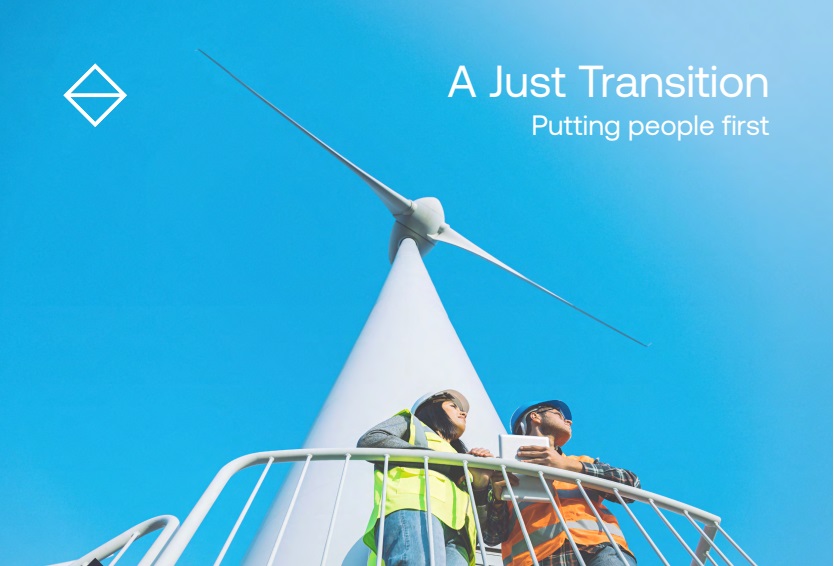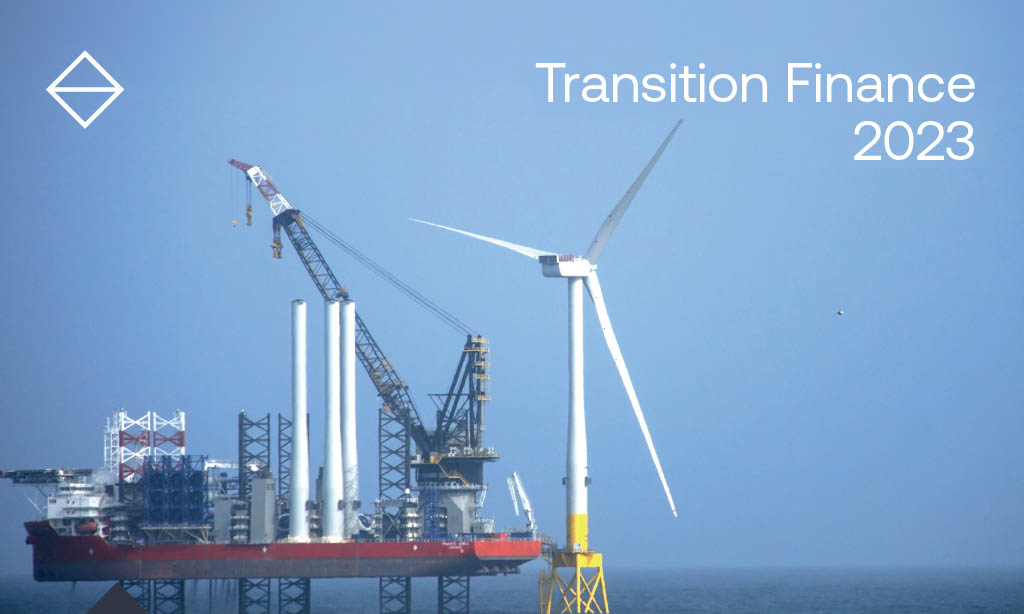Hydrogen and HVDC: A faster transition

The Bank
The Bank The Scottish National Investment Bank was launched in 2020. The Bank focuses on investing in businesses, projects and communities across Scotland that support the development of a fairer, more sustainable economy. In keeping with this, all investments must deliver both commercial and mission-impact returns, supporting at least one of the Bank’s missions:

This is the fourth in a series of blogs the Bank is intending to publish relating to ScotWind, offshore wind in general, and how the Bank can help in developing the market. The first covered the scale of ScotWind, the success of the round, and the challenges to delivery. The second piece examined the commitments developers have made to the Scottish supply chain and the wealth of knowledge the sector can lean on to scale. The third looked at the key infrastructure required to deliver ScotWind and how the Bank is aiming to support the market in advance of Final Investment Decisions.
This piece covers the parts of ScotWind which will deepen the energy transition in Scotland and farther afield, and how to turn that capacity into investment for Scotland.
Transition Enabling Technology
ScotWind consists of 28GW of offshore wind capacity. The INTOG licensing round is likely to reach 4.5GW of awarded capacity. When added to Berwick Bank and other offshore wind farms expected to come online in Scotland by the late-2030s, Scotland could see more than 40GW of offshore wind capacity. There will be attrition to this, with 40GW far more than required to meet UK, let alone Scottish, needs when taking into account other renewable capacity also coming online (such as onshore wind and solar PV). Even with the decarbonisation of heat and transport increasing demand on the system, without other destinations for Scottish offshore wind, there will be significant excess capacity in the market.
Driving down energy prices requires not only investing in the technologies themselves, but also in the ancillary technologies enabled by them. Hydrogen electrolysis and high voltage direct current (HVDC) interconnectors are two technologies which can be greatly accelerated by renewable overcapacity. Steel and ammonia decarbonisation can be accelerated through direct and indirect electrification. Given Scotland’s abundance of renewable potential, the ability to drive reindustrialisation and decarbonisation simultaneously is an attractive prospect.
The Hydrogen Opportunity
Hydrogen is a difficult molecule to transport. The energy inefficiency and transport losses make the economics of transport challenging. That said, the proximity of Scotland to industrial demand centres in the rest of the UK, in Germany, and in Europe as a whole, can be a huge benefit. If the economics of transporting hydrogen prove too much of a barrier, Scotland’s position can remain a strength for Scotland. The necessity of providing a Just Transition for Scotland as a whole, with particular focus on the Energy Intensive Industries can provide the impetus for a deeper, faster decarbonisation pathway. The difficulties in transporting hydrogen, and the comparative ease in bringing electricity onshore mean the chemicals sector in Scotland can be strengthened through the renewable transition. Green hydrogen can provide a feedstock into the chemicals sector and will be vital for decarbonising the fertiliser sector. The need for ammonia will only increase, with global populations growing and ammonia potentially finding use cases in the shipping sector, for example. Scotland has an abundance of renewables to input to the market. In the same way, other energy intensive industries from glass to steel can be enabled by access to either cheaper electricity or hydrogen. The decarbonisation pathway for industrial heat is unclear with a variety of options available and hydrogen likely to play at least a part.
The deeper opportunities that the energy transition provides to Scotland are not just in being a green power exporter, but in using otherwise surplus green power to decarbonise supply chains into dozens of sectors. Not necessarily from otherwise curtailed generation, but deliberately building non-grid directed capacity to enable electrolysis at scale. Bringing a green steel mill, whether virgin or recycled steel, to Scotland is possible by competing on low energy prices – with the produce then exported to the UK, Europe, and further afield. Greener, cheaper inputs into infrastructure can reinvigorate the Scottish and UK economies. These changes will further drive down the cost of renewables towards their technical limits and spread the benefits of cheaper electricity through the economy.

Cables the Key
Cutting the cost and increasing the efficiency of bringing electricity from windfarm to shore is vital. HVDC cables give Scotland the ability to not only bring significant low-carbon industry to Scotland, but to more efficiently export electricity directly to other markets. As we have discussed in previous blogs, the boundary between Scotland and England is a major bottleneck in the UK’s decarbonisation pathway. Diverting electricity around that bottleneck and going direct to the South East of England can keep the opportunity for ScotWind closer to 28GW. Building interconnectors between Scotland and Northern Europe – the Baltic states most notably – can provide energy security for Scotland, for the Baltic, and earn significant rents for Scotland through electricity sales.
The war in Ukraine has seen the UK become a major energy exporter to the continent, using LNG import capacity to help mainland Europe fill gas storage faster and provide resilience through winter. XLinks and SunCable, huge long-distance HVDC projects going from Morocco to the UK and Australia to Singapore respectively, are admirably ambitious and the Bank is watching these developments with interest. A key constraint on electricity exports at present is the backlog in the HVDC and HVAC cable markets. The major cable manufacturers – NKT, Prysmian, and Nexans – have huge backlogs at present. The UK’s Holistic Network Design calls for an additional 6,500km of cable in a market that is already incredibly tight. When adding plans for a European Supergrid – with a mixture of international interconnectors and connections for offshore wind – an additional 7,000km of cable is needed. It is clear there is a huge market available to additional cable manufacturing over the coming decades, and the need for a denser, more interconnected grid, is only likely to grow as the energy transition deepens and the fallout from Russia’s invasion of Ukraine becomes clearer. The impetus to transition away from Russian gas will only increase demand for renewables and the cables moving that electricity around.
The Bank’s Vision for ScotWind
None of this will be simple. All of it requires a long-term vision focussed on cementing as much of ScotWind’s 28GW as possible. Excess capacity then drives decarbonisation through the rest of the economy at an accelerating rate. Developers need surety on their investments in the face of excess capacity, so building intra- and international links to maximise the value of ScotWind is vital. Firm decarbonisation plans for the energy intensive industries across Scotland can provide a clear signal to investors of the value of their assets. The potential in exports of green ammonia, both for fertiliser and potentially fuel, is another vital string to the bow for both Scotland and Scotland’s offshore wind wealth. The Bank has already invested in some of the critical infrastructure for ScotWind, such as its investment in the Port of Aberdeen. Ensuring ScotWind deepens and accelerates the energy transition is another vital part of our plans for the coming years.

